Do you have an RV and need to know how to charge the battery? If so, you’re in luck! In this comprehensive guide, we will answer all of your questions about RV batteries and charging them. We’ll provide useful tips on how to get the most out of your battery, as well as information on what can happen if it isn’t charged properly. For experienced RV-ers and novices alike, this guide has all the information you need to charge your RV battery with ease!
Table of Contents
Ways to Charge an RV Battery
There are a few methods you can use. Each method has its own advantages and disadvantages, so it’s important to understand how they work before making a decision on which one is right for your situation. Here are some of the most popular ways:
- AC Charger: An AC charger uses alternating current (AC) power from a regular outlet in order to recharge the battery. This type of charger is often used when the RV is plugged into shore power at a campsite or other source of electricity. It’s relatively quick, easy, and reliable but also takes up quite a bit of space due to its bulky size.
- Solar Panel: If you plan to camp in faraway places without electricity, a solar panel is an ideal choice. This method uses a combination of photovoltaic cells, and an inverter to step down the voltage so it can charge the battery. Solar panels are incredibly efficient and eco-friendly but they can be expensive and require some knowledge to set up correctly.
- Generator: Generators use combustion engines to generate AC power that’s used to recharge the battery. They are an excellent option for those who don’t have access to shore power or prefer not to install a solar system on their RV. However, generators tend to be loud and bulky, so if you prioritize peace and quiet, this may not be the best option for you.
- Battery Charger: This is a must-have item if you plan on charging the battery while traveling. This device plugs into your vehicle’s cigarette lighter and uses the car’s alternator to recharge the battery. It’s an incredibly convenient way, especially when you don’t have access to other power sources, but it can also cause problems if your alternator is worn out or not strong enough.
Shore power
It is a term used to describe the power that’s supplied by campsites, RV parks, and other external sources.
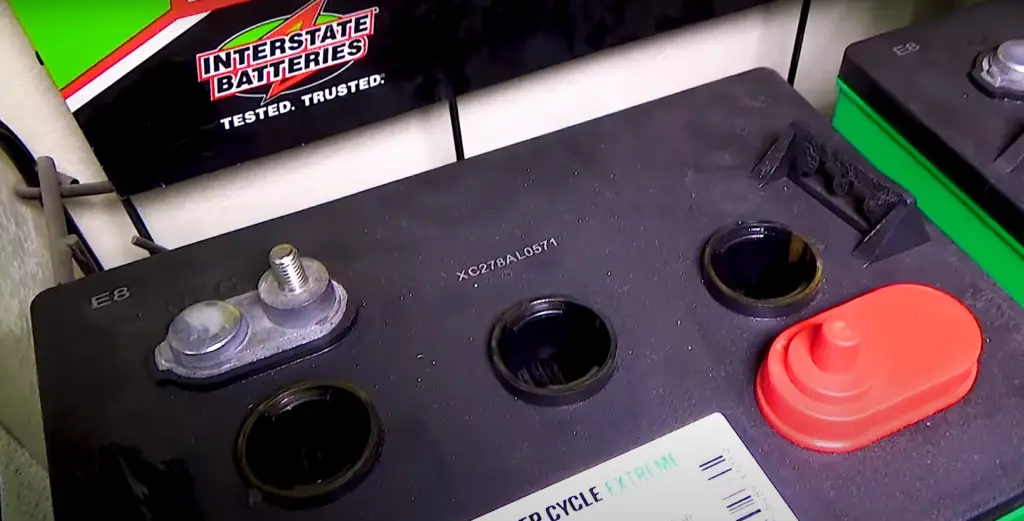
Motorhome or tow vehicle alternator
This method works by using the car’s engine to turn a pulley connected to the alternator, which then produces power that is used to recharge your battery. However, it’s important to note that this method can potentially cause damage if you are overloading the alternator or running for long periods of time.
Fastest Way to Charge an RV Battery
To charge an RV battery quickly, connect it to an external charger for optimal results. This method will deliver power quickly and effectively, allowing you to get back on the road as soon as possible. To use this method, connect your RV battery terminals with a 12-volt lead-acid charger that has been approved for RV batteries or marine batteries. Make sure to check the output of the charger against your battery’s rating before hooking it up. Once the connection is made, turn on the charger and let it run — this usually takes around 8 hours.
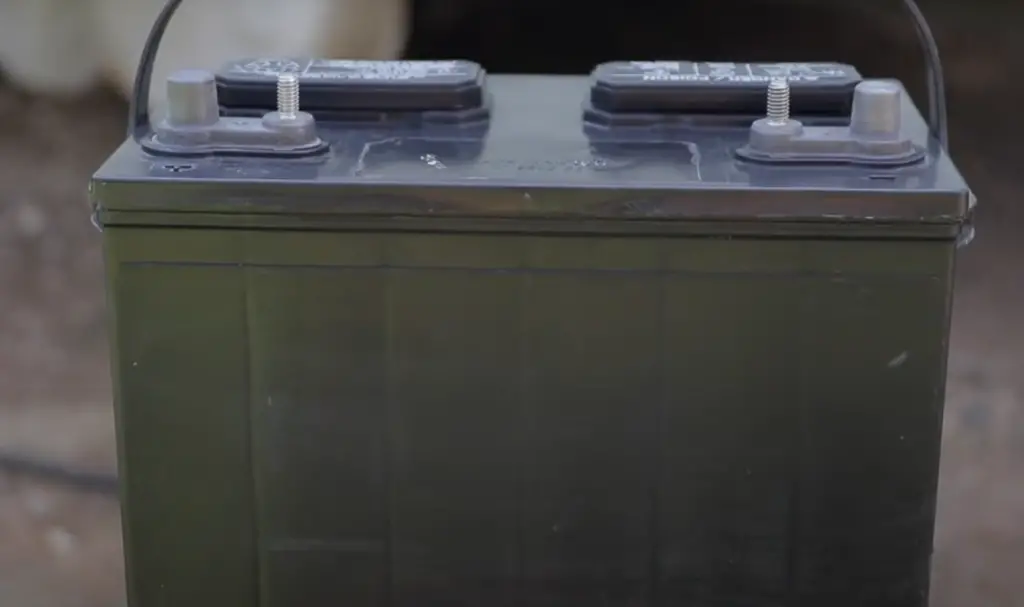
If you don’t have access to an external charger, there are still steps you can take to recharge your RV battery without one. You can do this by hooking up the battery to your tow vehicle and running it for a few hours. This will help to gradually increase the power in the battery, but it may not be as effective as an external charger. Another option is to use solar panels or generators to power up your RV battery — this method will take longer, but it’s much more environmentally friendly and energy-efficient.
Make sure you keep safety in mind. Be aware of any sparking or excessive heat when connecting the charger or cables and always double check that all connections are secure before turning on the power. It’s also important to regularly monitor the charging process so that you don’t overcharge the battery.
How to Charge RV Batteries: The Basics
Charging your RV battery is as easy as plugging in the charger.
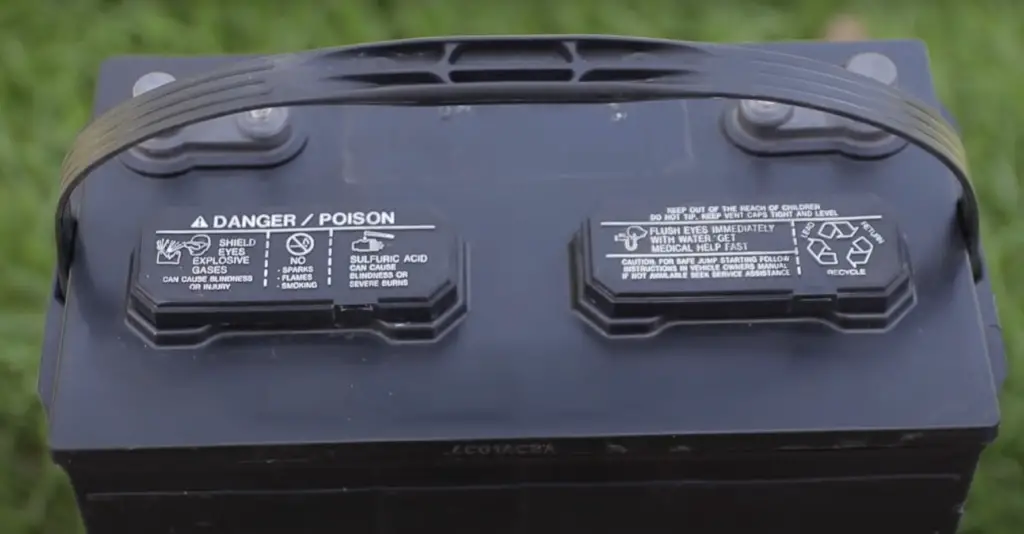
Not all chargers are created equal: some are designed to charge large batteries quickly, while others are better suited for small jobs.
To start off, unplug any power sources from your RV and disconnect its negative cable first before reconnecting it after charging is complete. This ensures that any current running through the circuit will not damage anything during the charging process. After connecting your charger, select the setting appropriate for your battery type (flooded lead acid vs gel cell). Then, plug in the charger and allow it to do its job.
It’s important to charge your battery slowly, usually at a rate of 10-15 percent of the amp hour rating per hour. Doing so will ensure that your battery is safely recharged without overcharging or causing any damage. You should also periodically check on the voltage level during charging and be sure not to let it exceed 14.4 volts for flooded lead acid batteries (or 13.8 for gel cell). If necessary, adjust the output voltage setting accordingly.
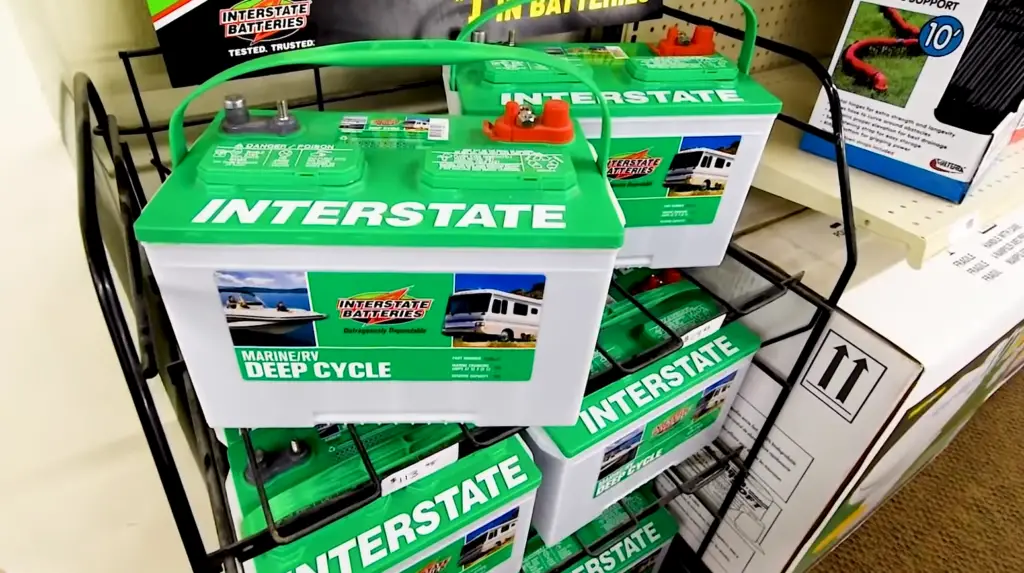
Once you hit this voltage threshold, disconnect the charger from your RV’s battery and then reconnect all power sources as you did originally before starting the process. This concludes our brief overview, but there’s still much more to learn about the specifics. Read on for additional tips and tricks!
Additional Tips and Tricks for Charging RV Batteries
To effectively charge the RV battery, you must take a few additional steps to ensure the process is done correctly. First, if necessary, use a voltage regulator or equalizer to ensure consistency in charging levels across all batteries. This will help extend the life of all connected batteries by preventing them from becoming overcharged.
You should also perform periodic maintenance checks on your battery, such as cleaning dirt off its terminals or making sure that its electrolyte levels are correct. This will help maximize the battery’s performance and longevity over time. Additionally, you should always store your RV batteries in a cool, dry place and avoid exposing them to extreme temperatures while they’re being charged.
Finally, be sure to never leave the charger connected overnight or for an extended period of time when unattended. Doing so can cause damage to the battery or even result in a fire hazard if left unchecked. With these tips in mind, you can rest assured that your RV battery is properly maintained and ready to power your next adventure!
What Is the Best Way to Charge RV Batteries?
To keep your recreational vehicle’s batteries fully charged and running efficiently, the most effective method is to use a trickle charger or an onboard charging system. A trickle charger is a device that connects directly to the battery and uses a low-voltage current to slowly top up its charge. Onboard systems are typically more advanced and can be used to charge multiple batteries at once and even increase voltage if needed, but they tend to be more expensive.
It’s important to consider the size of your system, budget, and power requirements when deciding which option is best for you.
If you decide to use a trickle charger, it’s crucial that you keep an eye on the process as overcharging or undercharging can be dangerous. Likewise, with onboard systems, regular maintenance and checks of the electrical connections are necessary to ensure that everything is working correctly.
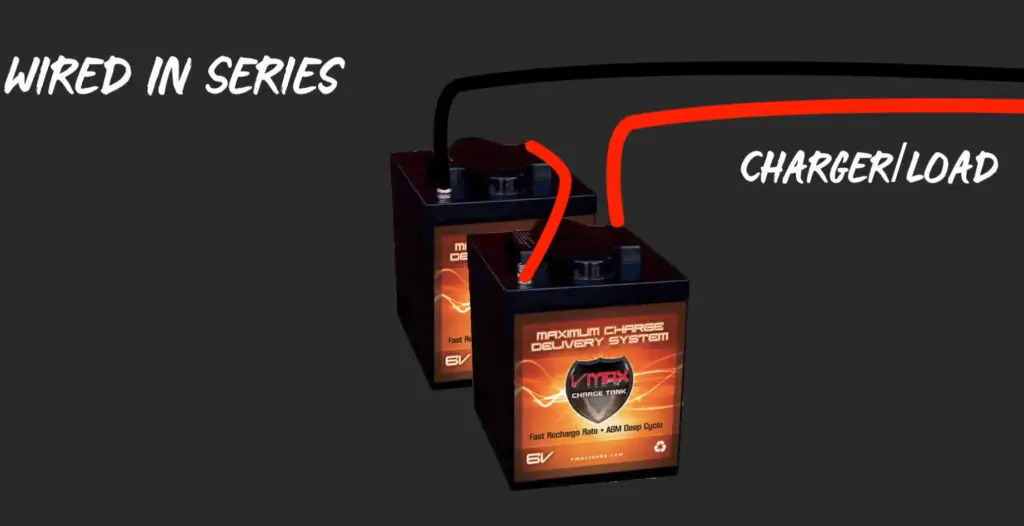
Finally, it’s important to note that some RVs have solar panels or alternative charging systems installed. While these may be more efficient than traditional methods and require less maintenance, they still must be checked regularly and can often be quite expensive to install.
RV Battery Charging Safety Tips
Taking the appropriate safety measures is of utmost importance. The following are some key safety tips to keep in mind:
- Always wear safety glasses and protective clothing when near a battery, as acid can splash or erupt from batteries under certain conditions.
- Make sure to use the specified charger. Using the wrong type of charger can damage your battery or create unsafe situations.
- Keep sparks away from the battery by avoiding metal tools or parts that could cause short circuits. If a spark does occur, immediately turn off all electrical equipment and allow the spark to dissipate before continuing work on the system.
- Do not charge a frozen battery as this can cause permanent internal damage. If the battery is frozen, allow it to thaw before attempting to charge.
- Ensure you follow the manufacturer’s instructions. Diverse types of batteries may require different charging times and voltages. [1]
FAQ
How long does it take to charge an RV battery?
It depends on the size of your RV battery. A 12-volt RV battery will take around 6 hours to charge using an AC charger and about 15 hours with a solar panel, depending on the size of the panel. [2]
Can you recharge dead RV batteries?
Yes! In most cases, dead RV batteries can be recharged. It’s important to note that the amount of time it takes for a battery to recharge depends on the type and size of your battery. If you have an AGM or gel cell battery, for example, it may take longer than if you had a wet cell one.
There are various methods for charging: using an onboard converter/charger, plugging into shore power, or using a DC-to-DC charger. While these methods are all viable options in certain circumstances, they can cause overcharging which could damage your RV’s electrical system and reduce the life of your batteries. It is important to use the correct charger with the right settings.
When recharging dead batteries, the general rule of thumb is to charge at a low rate – around 10-15 amps. This will ensure that your battery isn’t overcharged and lasts for as long as possible. If you have an AGM or gel cell battery, you may need to reduce the charging rate even further (2-5 amps). Once your RV battery has been charged to 12.6 volts, it should be ready for use again. [3]
For more detailed information on how to charge an RV battery correctly and safely, check out our guide on How to Charge an RV Battery. It covers everything from selecting the right charger to setting up the charging process correctly so that you get the best results.
Do RV batteries recharge themselves?
No, they don’t. In order for your RV battery to be recharged, it needs to be hooked up to an external power source. This can either be a generator or an AC plug (if you’re close enough to a power station).
Once the external power has been connected, your RV’s onboard converter will act as a charger and replenish the battery’s charge. The amount of time it takes for the battery to recharge is dependent on how depleted it is and what type of charging system you have installed in your RV. Generally speaking, a full cycle should take around 8 hours or so.
If you’re lacking an AC hookup while out on the road, you may want to invest in a solar-powered charging system for your RV. This type of setup usually requires a modest initial investment, but it can help you keep your battery charged up and ready to go whenever you need it.
Whenever possible, try to leave your RV plugged in overnight. This will ensure that the battery is properly topped off before you set out on a long journey. Don’t forget to check your battery levels regularly – failures due to dead batteries are one of the biggest causes of roadside breakdowns!
How do you charge a motorhome battery at home?
One of the easiest ways to charge a motorhome battery at home is by using an RV-specific charger. These devices are designed for use with recreational vehicles and provide a convenient way to keep your batteries topped up without having to plug into a power source.
To begin, locate the battery terminals on your RV’s main electrical panel and identify which type of connection you need based on the type of charger being used (usually either 12 or 24 volts). Once you know what connection type is needed, attach the charger’s cables accordingly.
Once connected, switch the charger on and ensure that it’s been set to the correct voltage level before leaving it plugged in overnight or during periods when you won’t be using your RV. It’s best to check the battery’s voltage level every few hours while charging it and adjust the charger accordingly, if necessary. [4]
Once you’ve reached the desired charge level, unplug the charger from the battery terminals and store it away for future use.
Useful Video: RV Batteries What You Need To Know
Conclusion
At the end of the day, charging your RV battery is an important task. It’s relatively simple to do once you learn the basics and get used to the process. Be sure to follow all safety instructions when handling and charging your RV battery, and use a reliable charger that meets your needs. With some care and attention, you can keep your RV battery charged up and ready for whatever adventure comes next!
References
- https://lithiumhub.com/how-to-charge-rv-batteries-safely-effectively/
- https://crazytroll.no/how-long-does-it-take-to-charge-an-rv-battery/
- https://www.rvandplaya.com/5-effective-ways-to-charge-a-dead-travel-trailer-battery/
- https://mowgli-adventures.com/charging-a-leisure-battery/

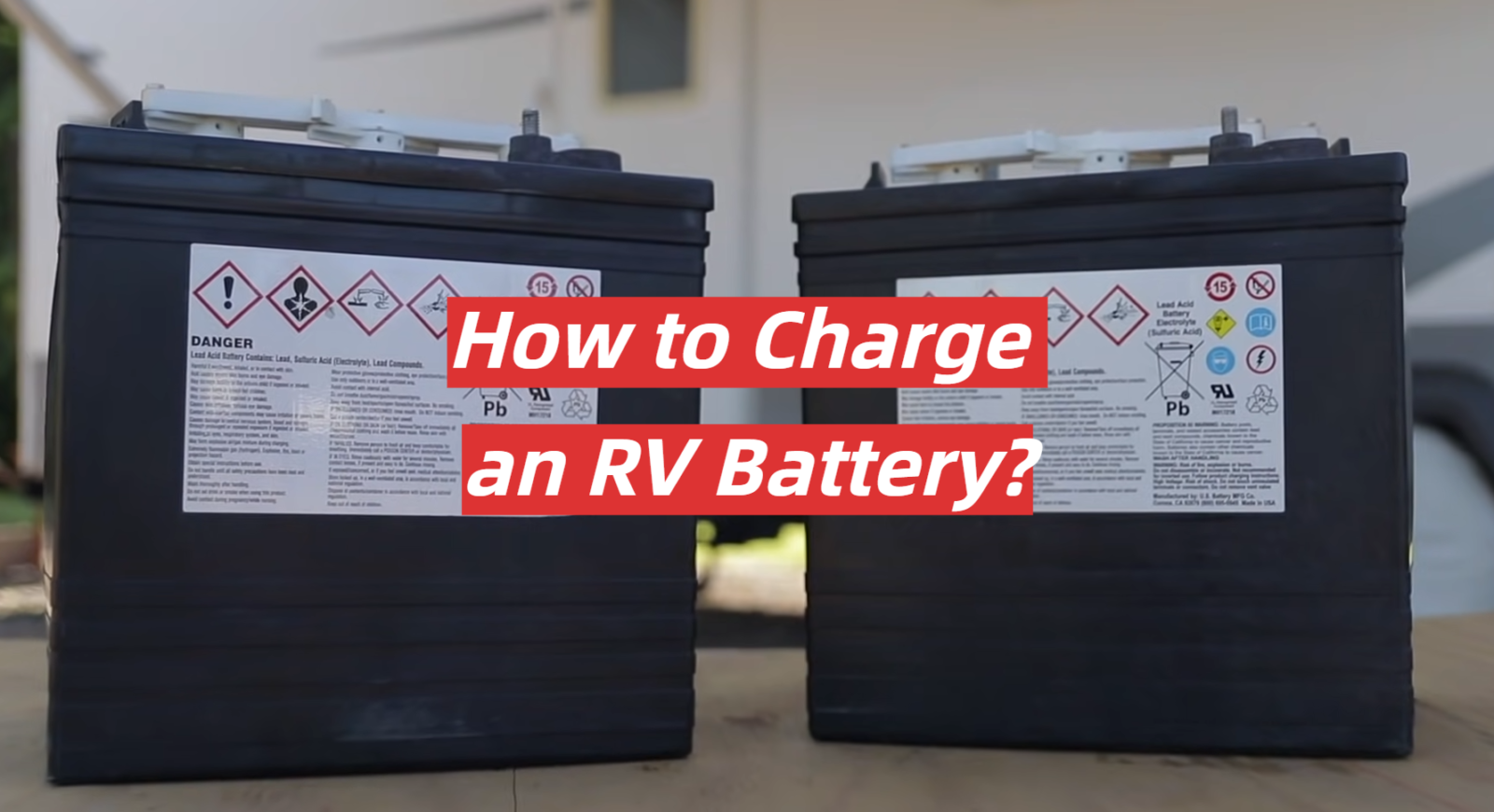
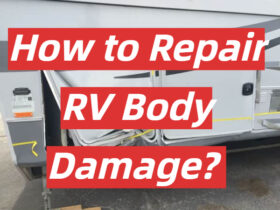
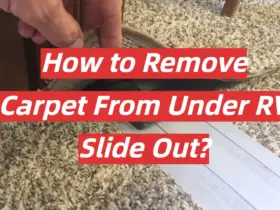
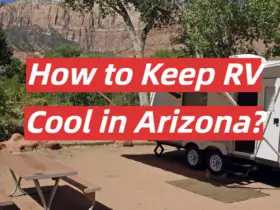
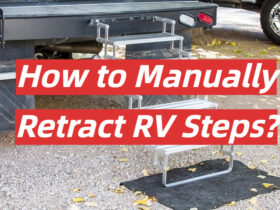
Leave a Reply